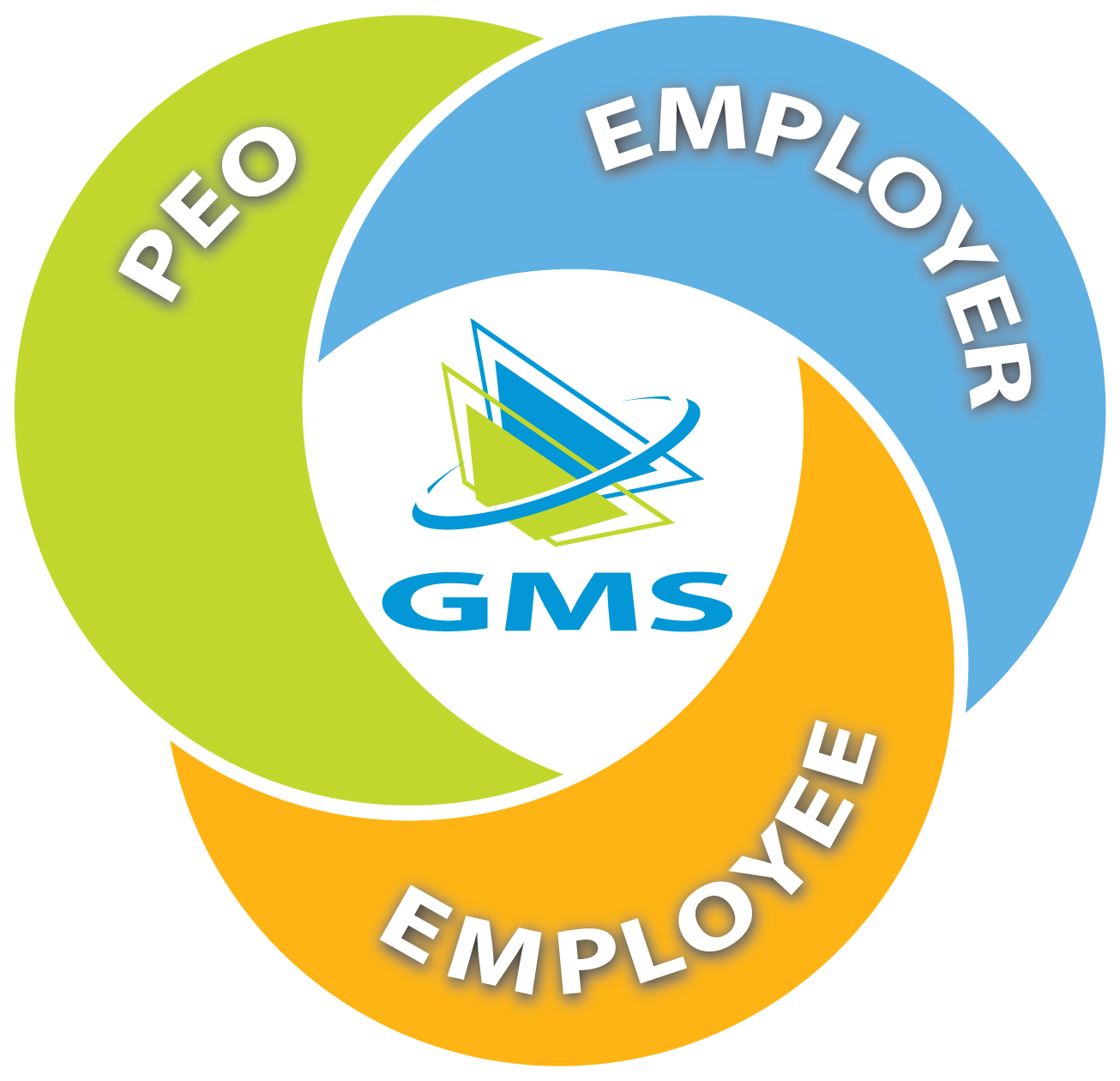Employee layoffs are never easy, but factoring in the unemployment claims process can add even more stress and confusion to the situation. Unemployment benefits are designed to protect employees from unexpectedly losing a source of income. As an employer, you have certain responsibilities regarding unemployment, from maintaining accurate employee records to paying unemployment taxes.
Because these benefits can impact your business’ tax rates, it’s essential to understand these responsibilities and how small business unemployment claims impact your business. Let’s break down how unemployment insurance works and what you can do to manage future unemployment claims.
How Does Small Business Unemployment Insurance Work?
Unemployment insurance, also known as unemployment benefits, is a short-term, state-provided benefit that provides money to eligible employees who have lost their job. The specific eligibility requirements for employees can vary by state or due to COVID-19 unemployment insurance relief measures. However, eligible employees typically need to meet the following requirements.
- They must have been an employee.
- They lost their job through no fault of their own (e.g. if an employee was fired because of poor performance, they would not be eligible).
- They should be completely or partially unemployed (an employee is considered partially unemployed if they worked less than a full week at the time they lost their job).
- They’ve worked enough hours and earned enough wages in their base period, which is the first four of the last five quarters. For example, employees in Ohio are eligible for unemployment benefits if they’ve worked for at least 20 weeks and earned an average weekly wage of $247 during the base period. However, these specific requirements can vary by state.
When an employee is laid off, they can file a claim to receive unemployment benefits. If the claim is approved, the employee will receive weekly payouts. The amount they receive is based on the state’s budget and how much they earned at their previous employer.
What are Small Business Owners’ Responsibilities Regarding Unemployment?
The best way to be fully prepared for an unemployment claim is to understand your responsibilities as an employer. There are three key responsibilities that you’ll have as an employer.
- Paying Federal Unemployment Tax Act (FUTA) and State Unemployment Tax Act (SUTA) taxes
- Properly classifying employees
- Keeping accurate and detailed employee records.
Unemployment taxes
Although small business unemployment insurance is a benefit provided by the state, employers fund this benefit with their taxes – even when they don’t have any unemployment claims against them. As a small business owner, it is your responsibility to pay a variety of taxes, including FUTA and SUTA taxes.
Federal Unemployment Tax Act (FUTA)
The FUTA tax rate is 6%, which is applied to the first $7,000 in each employee’s wages – up to $420 per employee. However, filing your Form 940, the form used to report your annual FUTA tax, may allow you to receive a credit of up to 5.4%. This credit could make your payment as low as $42 per employee.
Employers are responsible for paying FUTA taxes quarterly based on how much they owe. If a business owes less than $500 in a quarter, it can carry this balance forward until its liability is more than $500. Once a business hits the $500 threshold, the employer can pay FUTA taxes via the Electronic Federal Tax Payment System. These payments are due by the last day of the month after the end of the quarter.
Although employers might be required to pay their FUTA taxes throughout the year, they still need to file their Form 940 annually by Jan. 31. For employers who paid all FUTA taxes when they were due, the filing date is extended to Feb. 10.
State Unemployment Tax Act (SUTA)
Whereas all employers pay a flat rate for FUTA taxes, SUTA taxes – its state-based counterpart – vary based on several factors.
- Your state’s SUTA tax rate range
- How long your business has been around
- Your industry
To find their SUTA tax rate, employers must register the business with their state. After registering, the state will assign them a new employer rate. This rate can be updated as often as every year based on the employer’s “experience rating,” which looks at how much the employer has paid in taxes and how much they’ve been charged in benefits. If an employer has employees who work in a different state than the business, they are responsible for paying SUTA taxes in those respective states as well.
These taxes are also typically due quarterly. Employers must report wages and employee information to their state to determine their tax liability.
One important factor to keep in mind is that when employees make a successful unemployment insurance claim against an employer, that employer’s SUTA taxes can increase significantly for up to three years. This rate increase is part of why accurate employee classification and records are essential responsibilities for a small business.
Proper employee classification
Employees are classified into different groups based on several different factors, including the number of hours they’re expected to work and if their role is permanent. Misclassifying employees can have serious penalties, such as paying fines to multiple government offices, FICA taxes, interest on unpaid taxes, and possibly wage claims as far back as three years. As such, it’s important to accurately classify each team member. The types of employee classifications include:
- Full time
- Part time
- Special classes, which include interns, freelancers, and independent contractors
A common concern regarding classification is knowing the difference between an employee and an independent contractor. While an employer may classify someone as an independent contractor, the IRS may not agree and penalize your business for noncompliance. The IRS looks at the degree of control an employer has over the worker and the type of relationship they have. For example, the IRS uses the following criteria to identify proper employee classification.
- Employers can give specific, detailed instructions to employees regarding their work, as well as provide training and evaluations for how the employee completed their task. Independent contractors generally have more freedom to complete their tasks.
- Employees are usually reimbursed for work expenses, have a regular payment schedule, and don’t need to personally invest in work-related equipment. Independent contractors are commissioned as needed and responsible for their own equipment, which can give them a higher profit or loss risk.
- Employees generally receive benefits, are hired for a long-term permanent role, and provide work that is considered key to the business. Independent contractors may be hired for short-term projects and provide services that aren’t considered critical to the business.
These classifications determine the types of benefits the employee can receive as well as the expenses the employer is responsible for paying. For example, an independent contractor is not eligible to receive unemployment benefits, which also means that the employer isn’t required to pay FUTA or SUTA taxes for that employee. Not every type of employee is eligible for unemployment benefits, so properly classifying each employee will help determine their eligibility if they make a claim.
Accurate employee and HR records
Maintaining accurate and up-to-date HR records could also factor into the claims process. For example, a former employee files for unemployment benefits, which inherently implies they lost their job through no fault of their own. However, their supervisor had several documented discussions with the employee about poor performance and misconduct, and HR records indicate this person was fired.
Having these records on hand will be helpful should the employer choose to contest the claim. Additional records that could be relevant in the unemployment claims process include:
- Personnel records, such as I-9 forms, performance reviews, etc. These records should be kept for one year if the employee is terminated, according to the Equal Employment Opportunity Commission.
- Payroll records, which should be kept for at least three years according to the Department of Labor (DOL).
- Timecard records, which should be kept for at least two years according to the DOL.
Although there are federal guidelines for how long to keep certain records, check with your state for additional recommendations. For example, the Ohio Department of Job and Family Services require that employers keep their employee records, including hours worked and wages paid, for at least five years.
Reporting new hires to the state can also help prevent fraudulent unemployment claims. Each state has an online portal where employers can submit new hire information, which includes the employee’s name, home address, social security number, and hire date. The state compares this information against unemployment benefit claims to determine if any claims are illegal.
How Does the Unemployment Claims Process Work for Employers?
After an employee files for unemployment benefits, the employer is notified by your state’s unemployment office. This office could be known as the Department of Labor, Department of Jobs, and Family Services depending on your location. Once notified, you’ll be asked to verify details about the employee and the claim, including:
- The employee’s classification
- The reason for the employee leaving
After reviewing the details of the claim, it’s up to the employer to accept the claim or contest it.
Not contesting an unemployment benefits claim
The simplest response is not to contest an employee’s unemployment claim. Even though there are tax consequences to unemployment benefits, an employee is entitled to unemployment if they have a legitimate claim. Be sure to review all the information on the claim to make sure it’s accurate and correct against your records. If so, it’s best to comply since fighting against a legitimate claim will only cost you more time and money.
Contesting a claim
While you shouldn’t take action against legitimate claims, there are several instances when it makes sense to contest a claim:
- If an employee has submitted false information on their claim
- If their classification doesn’t allow them to receive unemployment benefits
- If they quit or were fired for performance or misconduct
If any of these reasons apply, contest the claim quickly and within your state’s fact-finding timeframe – usually 10 days. The employer will need to provide accurate documents to support any information that opposes the details submitted with the claim, including the correct employee classification or proof that the employee was fired with cause.
After contesting the claim, all information will be reviewed and both parties will receive notification of whether the claim is allowed or denied. Keep in mind that in either case, both parties have a period of time to appeal the decision.
Protect Your Business With Unemployment Claims Management
Managing small business unemployment claims can be confusing and time consuming. Considering your responsibilities as an employer – such as paying FUTA and SUTA taxes, correctly classifying employees and maintaining accurate records, and monitoring and responding to unemployment claims – it’s possible that a small oversight can lead to significant consequences for your business.
If you’re looking for an easier way to handle the unemployment insurance process, partnering with the right PEO can help you protect your business. Contact GMS today to talk to our experts about how we can take the stress out of managing unemployment claims and other critical HR functions.







 Although it’s still warm and the swimming pools are still open throughout Ohio, you’ve probably already started thinking about what needs to be done to prepare for the cold months ahead.
Although it’s still warm and the swimming pools are still open throughout Ohio, you’ve probably already started thinking about what needs to be done to prepare for the cold months ahead.
